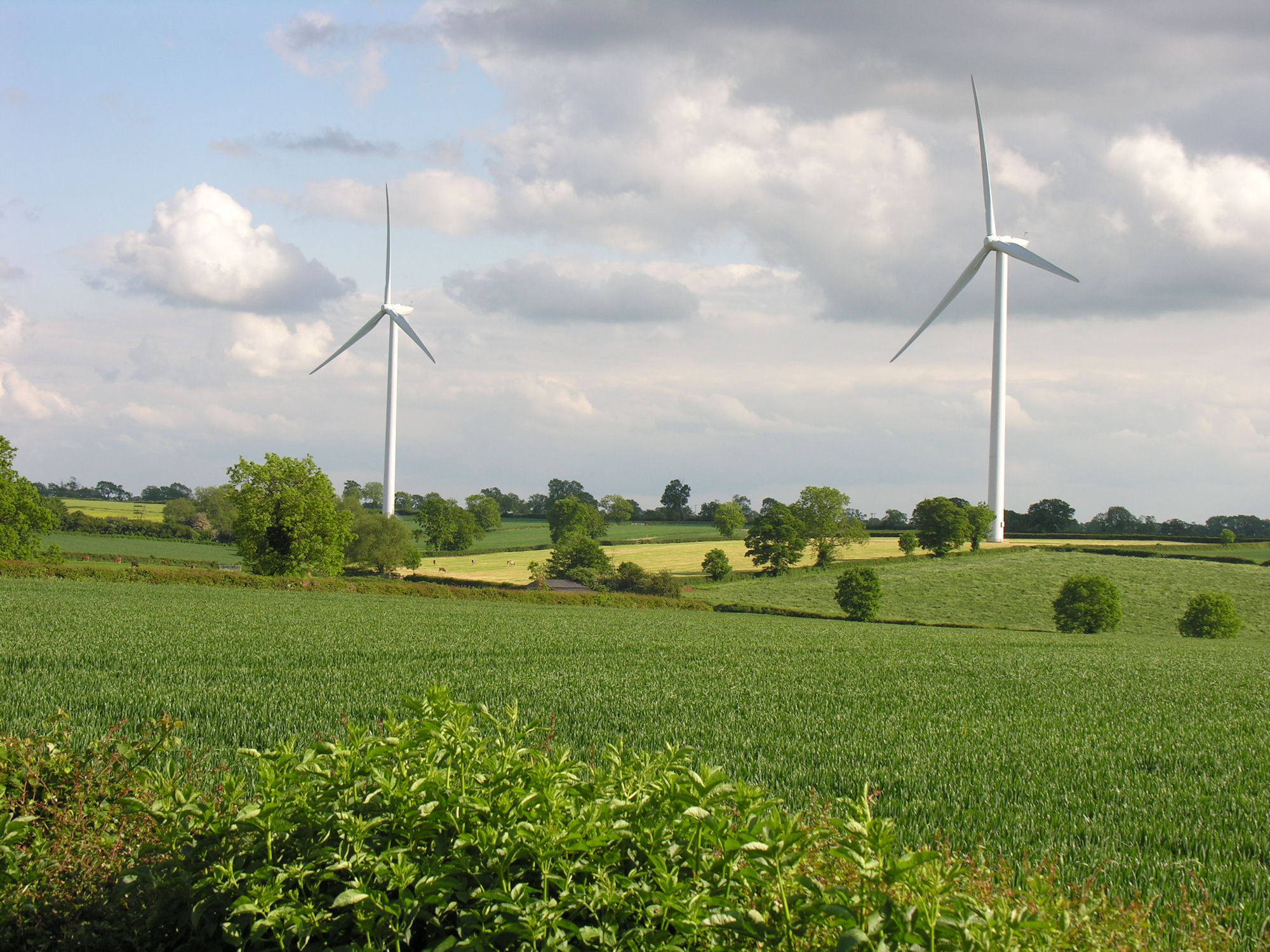
Developers of onshore wind projects have received welcome news as the government announced a lower than expected reduction in the Renewables Obligation Certificates (ROCS).
However uncertainty still remains for larger scale solar PV farms as the government plan to re-consult in the future about the level of ROC that PV developments receive.
The government’s recommendation that onshore wind developments should receive a ROC payment of 0.9 per MW (down from the current level of 1.0) will still make this technology viable for many looking to develop projects. It is significantly better than what was expected by many -a proposed reduction to 0.75 ROCS which would have made many wind developments south of the Scottish border unviable.
The 0.9 ROCS are guaranteed until March 2014, however from this date the government can review the ROCS level if the price of developing large scale wind projects reduces significantly.
Mark Newton, head of renewable energy at Fisher German, comments “This is good news for farmers and landowners looking to have wind farms on their land. The government will look again at the ROC support levels in 2014, however in order for them to reduce ROC payments there will have to be a significant reduction in the cost of wind technology. It is very unlikely that we will experience significant falls in the cost of wind turbines like those that we experienced for solar PV.”
The government has not made a decision on solar PV as it has found that a significant drop in the price of developing solar PV projects will mean that the current ROCS payments will need to be re-consulted on in the near future.
Mark comments “The cost of producing a solar park now costs in the region of £1.0 - £1.2 million per MW to develop. This is significantly below the cost of onshore wind which costs around £1.5 million per MW.
“Solar PV currently qualifies for 2 ROCS per MWh – and if the government is to reduce this level, it could result in a fall in the number of solar farms. If this were to occur, then the government is unlikely to meet their solar PV target of 11GW of solar PV development by 2020.”
